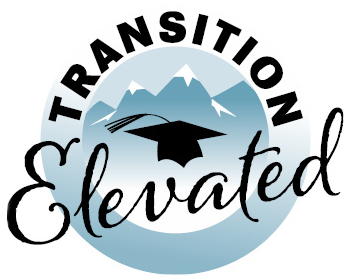Introduction to Transition Planning
Transition planning helps you get ready for life after high school — whether you want to work, go to college, live independently, or be involved in your community. This process is about helping you take control of your future with the support you need.
📘 What You Need to Know
What is transition planning?
It’s part of your IEP (Individualized Education Program) that focuses on your goals after high school. It helps you build the skills, experiences, and steps to move toward those goals.
Why does it matter?
Because your life after high school is important — and you deserve a say in it. Transition planning makes sure you have a roadmap and a team to support you. It’s all about your voice, your goals, and your path forward.
🛠 What’s Included in a Plan?
What goes into a transition plan?
Your plan may include:
- Education or job training goals
- Steps to gain work experience or explore careers
- Support services (like job coaching or Vocational Rehabilitation)
- Independent living skills (budgeting, transportation, self-care)
Who’s involved?
Your plan is created with your IEP team, which can include:
- You – your input matters most
- Your parents or guardians
- Special education staff or case manager
- School counselors or transition coordinators
- Agencies like Vocational Rehabilitation or DSPD
When does it start?
In Utah, transition planning starts by age 14 through your IEP. It’s reviewed and updated every year as your goals and interests grow. If you’re not sure what you want yet, exploring early is a great first step.
🎯 Real-Life Example
What does a transition plan look like?
Goal: I want to become a mechanic.
Plan: Take auto shop classes in school, visit a tech college, and connect with Vocational Rehabilitation for support.
Support: My teacher helps with applications, my mom helps with interviews, and VR helps pay for training.
Tip: Not sure where to start? Just ask someone on your IEP team. You don’t need to know everything — that’s what this planning is for.
🧭 Where to Go Next
- Transition FAQs – Common questions and honest answers
- During Transition Planning – What happens when your plan begins
- Student-Focused Planning – How you can help lead your IEP meeting
- Support Networks – Learn who’s on your team and how they help
- Student & Family Hub – Your home base for helpful resources
